The world of big cats is as fascinating as it is diverse. Each species comes with its own unique traits, but a common thread that binds these majestic creatures is their strong territorial instincts. Unlike the domestic cats that might roam in your neighborhood, these big cats require large expanses of land, which they fiercely protect from intruders. Their territories are not only their homes but also vital hunting grounds and spaces for breeding. In this article, we’ll delve into the lives of ten big cats that are renowned for their territorial behaviors, offering you a glimpse into their fascinating world.
Lions: The Regal Guardians of the Savannah
Lions are often referred to as the kings of the jungle, but their reign truly belongs to the open savannahs of Africa. Male lions, in particular, are known for their formidable territorial instincts. A pride’s territory can stretch over vast areas, sometimes reaching up to 100 square miles. Male lions mark their territory by roaring, scent-marking, and patrolling the boundaries. Intruders, whether other lions or different species, are met with aggression. This territorial behavior ensures that the pride has enough space and resources to thrive. The lionesses, while not as aggressive in marking territory, play a crucial role in defending it from threats.
Tigers: Solitary Yet Fiercely Territorial
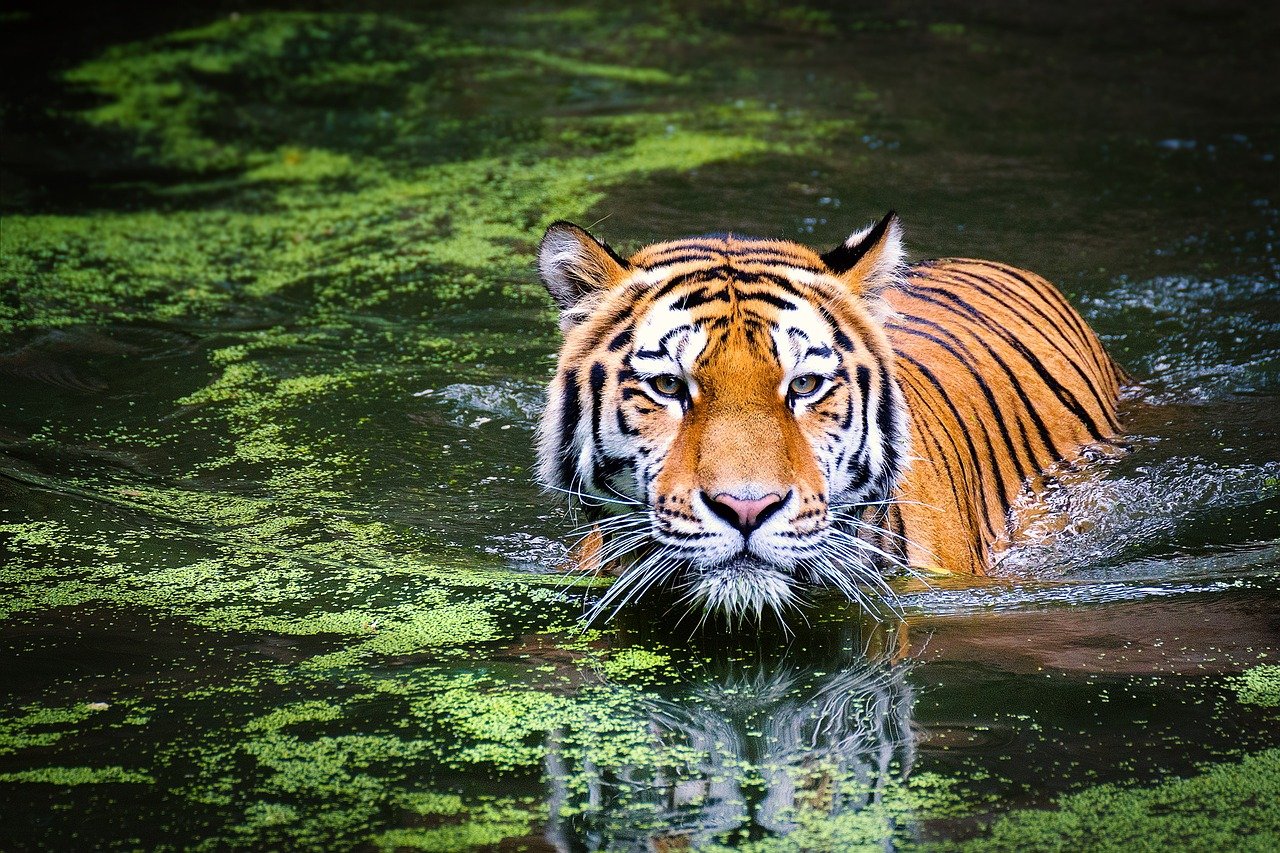
Tigers, the largest of the big cats, are solitary animals with expansive territories. Unlike lions, tigers do not live in groups. Instead, they establish and defend large territories that can stretch over hundreds of square kilometers. These territories are critical for their survival, providing them with ample prey and mating opportunities. Tigers mark their territory using scent markings, scratch marks on trees, and vocalizations. They are known for their fierce defense of these areas, often engaging in violent confrontations with intruders, which can sometimes be fatal. The sheer size and solitary nature of their territories make them one of the most territorial big cats.
Leopards: Masters of Adaptability
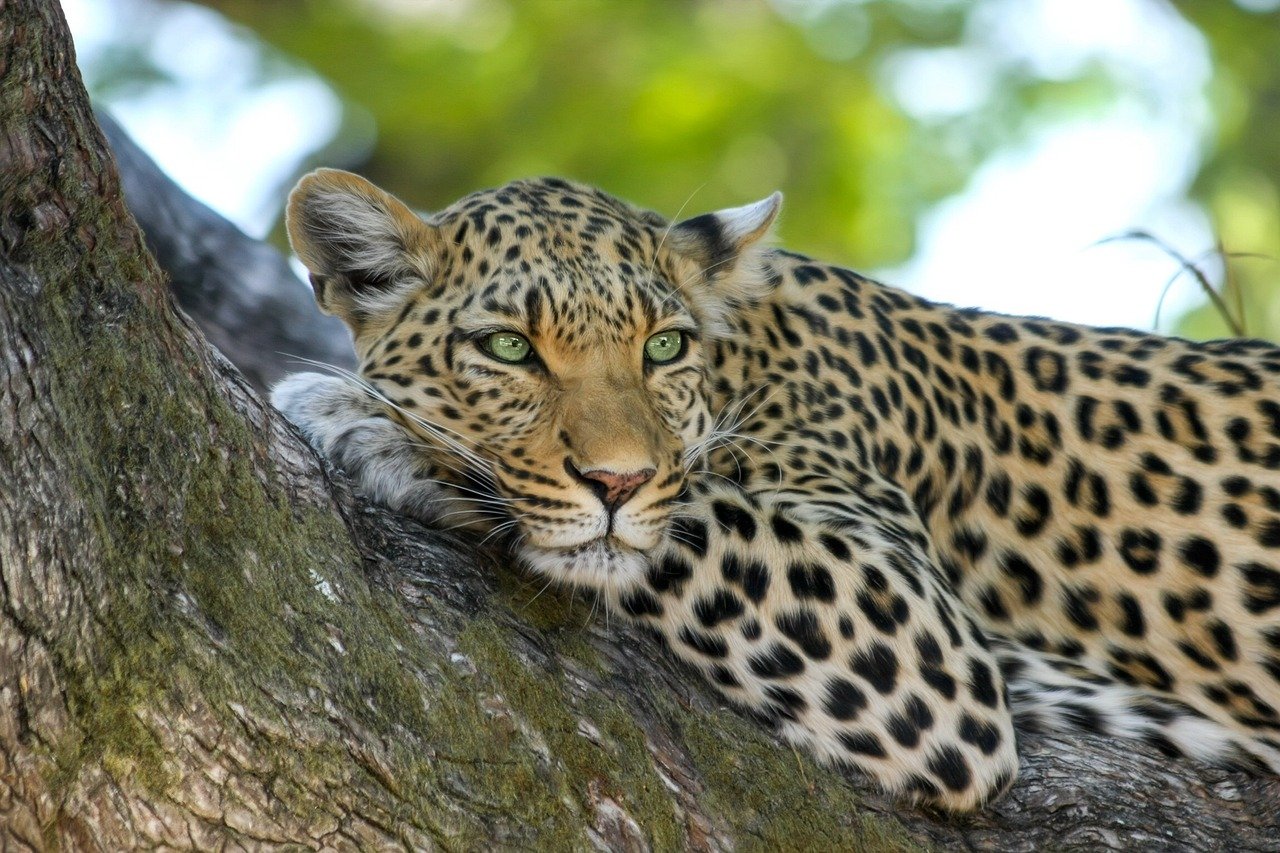
Leopards are incredibly adaptable big cats, capable of thriving in a wide range of environments from dense forests to arid savannahs. This adaptability extends to their territorial instincts as well. Leopards maintain territories that overlap slightly with others, but they fiercely defend their core areas. They are known for their stealth and cunning, often avoiding direct confrontations by using their agility to navigate their territories. Leopards mark their territories with urine and scratch marks, and their vocalizations can often be heard echoing through the night. Their territories are not just hunting grounds but safe havens for raising their young.
Jaguars: Stealthy Protectors of the Jungle
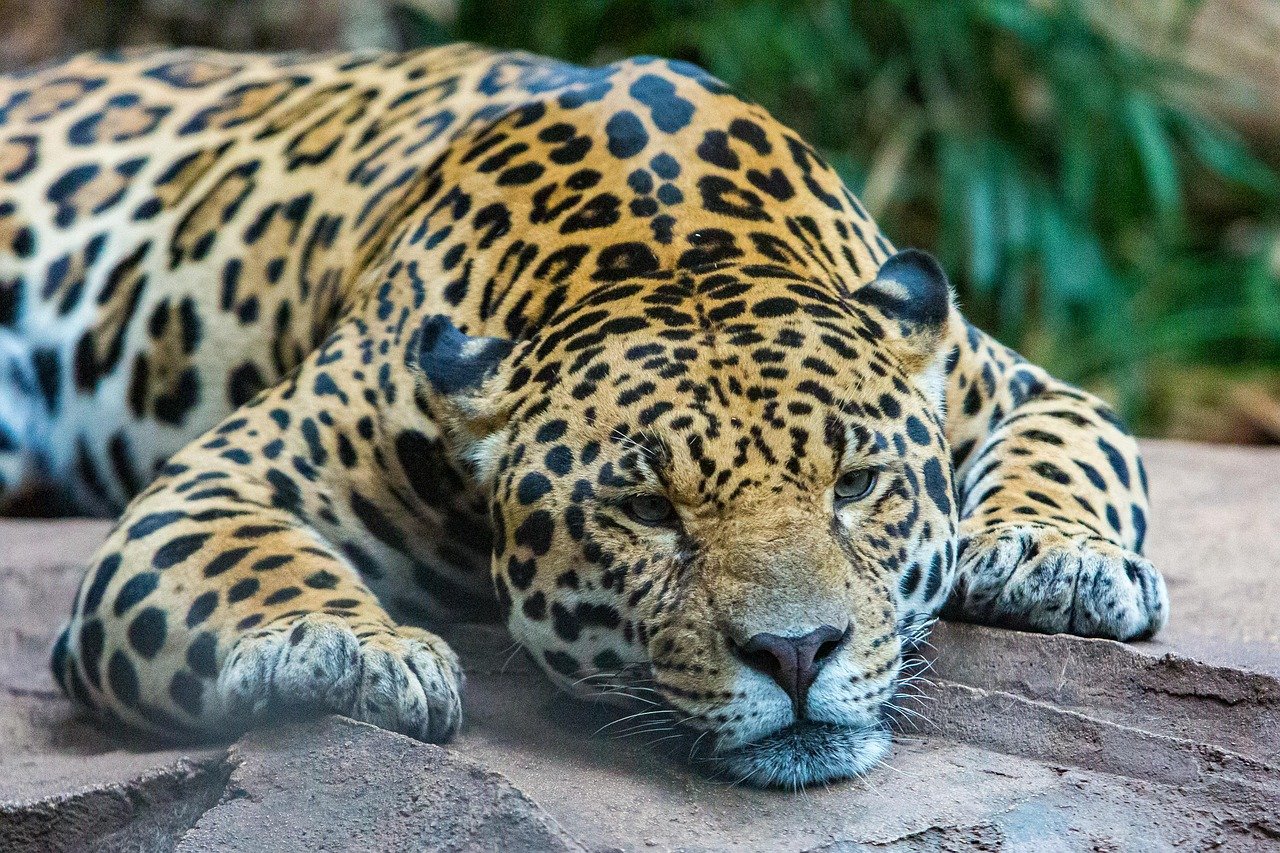
Jaguars, the apex predators of the South American rainforests, are known for their powerful build and stealthy hunting techniques. Their territories, usually located near water sources, are fiercely defended. Jaguars rely heavily on scent marking to establish their presence and deter potential rivals. Their territories are essential for hunting, as these areas are rich in prey like capybaras and caimans. Jaguars are solitary creatures, and their territorial instincts ensure that they have enough resources to sustain themselves. Any intruder, whether another jaguar or a competing predator, is swiftly dealt with to maintain their dominance.
Cheetahs: Speedy Guardians of Their Domain
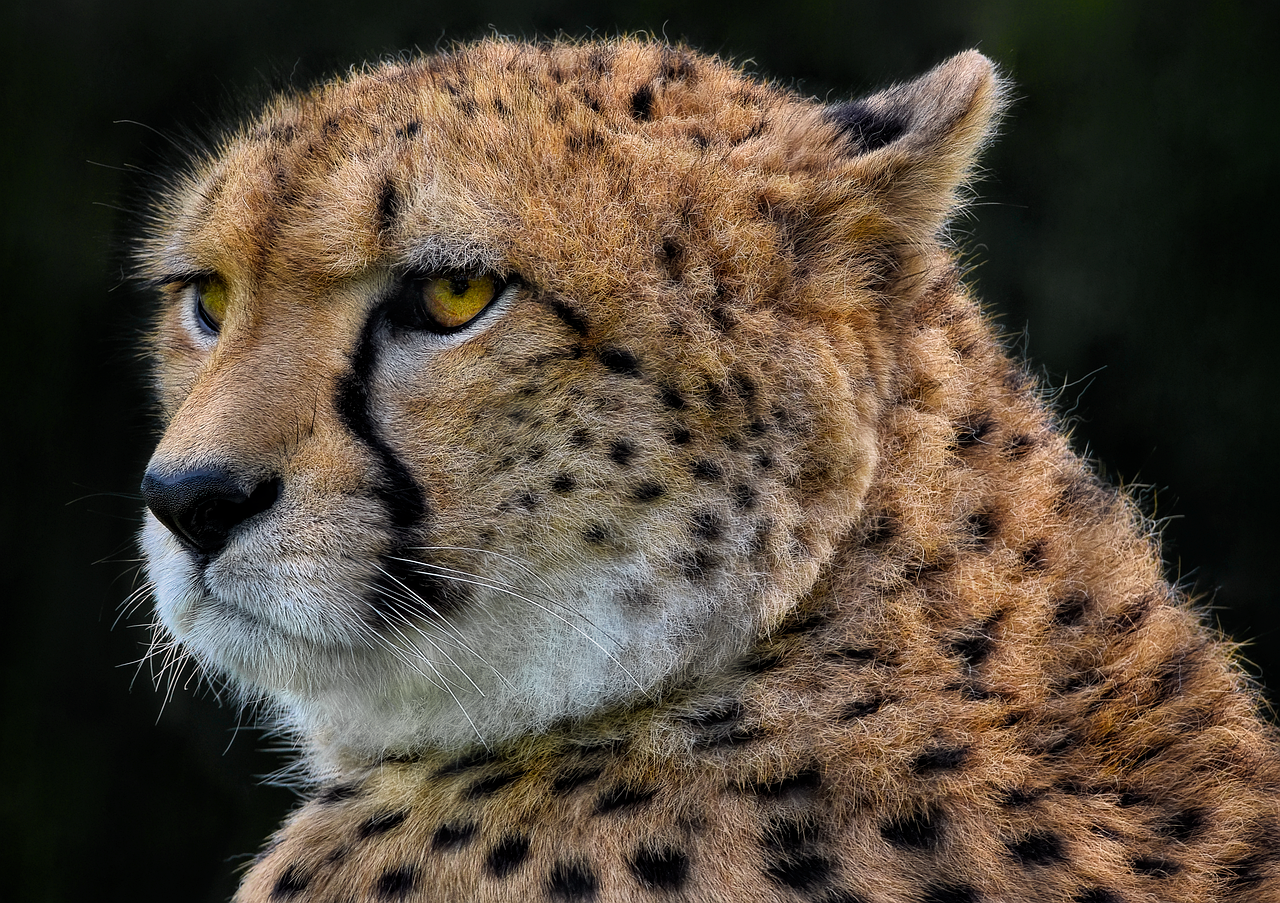
Cheetahs, the fastest land animals, have a unique approach to territoriality. Unlike other big cats, cheetahs’ territories are not primarily defined by aggression but by strategic positioning. Male cheetahs often form coalitions, which help them defend larger territories. These territories are chosen based on prey availability and landscape, allowing them to utilize their incredible speed and hunting prowess. Scent marking and vocalizations play a crucial role in establishing their presence. While cheetahs are not as aggressive as lions or tigers in defending their territories, they still ensure that their chosen areas provide adequate resources for survival and reproduction.
Snow Leopards: Ghosts of the Mountains
Snow leopards, often referred to as the “ghosts of the mountains,” are elusive big cats with strong territorial instincts. Their habitats are the steep and rugged terrains of Central Asia, where they carve out territories that are essential for their survival. Snow leopards rely on scent marking and vocalizations to communicate their presence. These territories are often vast, reflecting the sparse prey availability in their harsh environments. Despite their elusive nature, snow leopards are known to fiercely defend their territories from intruders. Their territorial behavior ensures that they have access to the resources necessary to endure the challenging conditions of their habitats.
Pumas: The Silent Stalkers of the Americas
Pumas, also known as cougars or mountain lions, are highly adaptable cats found across the Americas. These solitary hunters maintain extensive territories that vary greatly depending on the availability of prey and landscape. Pumas use scent marking and vocalizations to establish and defend their territories. They are known for their silent stalking, often ambushing prey with precision. The vastness of their territories allows them to roam and hunt effectively, ensuring they have enough resources to thrive. Pumas are fiercely protective of their chosen areas, often engaging in conflicts with other predators and even humans who encroach on their space.
Clouded Leopards: The Mysterious Guardians of the Rainforest
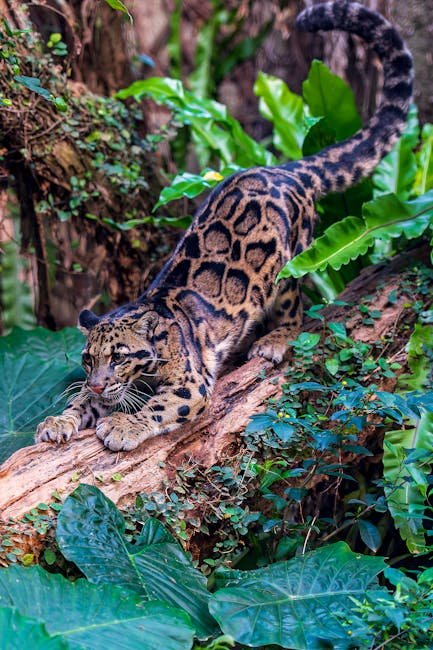
Clouded leopards, with their strikingly beautiful coats, inhabit the dense rainforests of Southeast Asia. These elusive cats are known for their strong territorial instincts, which are essential for their survival in highly competitive environments. Clouded leopards rely on scent marking and vocalizations to establish their territories. Their territories, though smaller than those of other big cats, are fiercely defended from intruders. The dense forest provides them with ample cover, allowing them to move stealthily and avoid confrontations. Clouded leopards’ territorial behavior ensures that they have access to prey and safe spaces for raising their young.
Asiatic Lions: The Last Guardians of Gir Forest
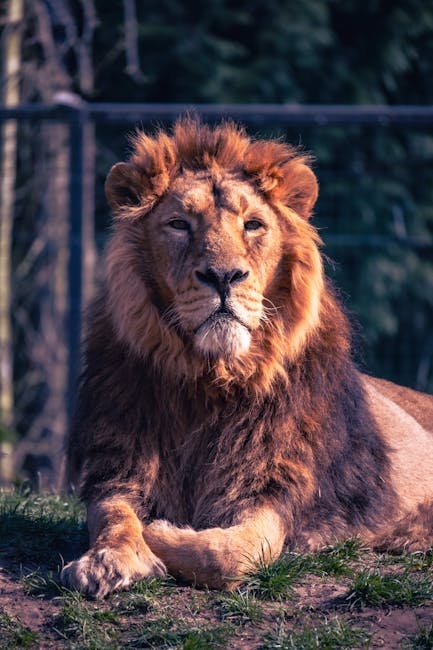
Asiatic lions, once widespread across Asia, now find their last refuge in the Gir Forest of India. These lions have strong territorial instincts, similar to their African counterparts. The limited space in Gir Forest has resulted in smaller territories, but the competition is fierce. Asiatic lions rely on vocalizations, scent marking, and physical displays to establish their presence. Their territories are crucial for maintaining their prides and ensuring access to prey. Despite their limited range, Asiatic lions are known for their resilience and ability to adapt to changing environments, making their territorial behavior even more critical for their survival.
Siberian Tigers: The Guardians of the Taiga
Siberian tigers, also known as Amur tigers, inhabit the vast taiga forests of Russia. These majestic cats are known for their exceptional territorial instincts, which are vital for their survival in harsh climates. Siberian tigers maintain expansive territories, often covering hundreds of square kilometers. They rely on scent marking, vocalizations, and physical displays to communicate their presence and deter intruders. The size of their territories reflects the sparse prey availability in the taiga. Siberian tigers are known for their resilience and adaptability, ensuring they have access to the resources necessary to endure the challenging conditions of their habitats.
In exploring the world of big cats, it’s clear that territorial instincts play a crucial role in their survival. Each species has developed unique strategies to protect and maintain their territories, ensuring they have the resources needed to thrive. From the regal lions of the savannah to the elusive snow leopards of the mountains, these majestic creatures are a testament to the wonders of the natural world.
Hi, I’m Bola, a passionate writer and creative strategist with a knack for crafting compelling content that educates, inspires, and connects. Over the years, I’ve honed my skills across various writing fields, including content creation, copywriting, online course development, and video scriptwriting.
When I’m not at my desk, you’ll find me exploring new ideas, reading books, or brainstorming creative ways to solve challenges. I believe that words have the power to transform, and I’m here to help you leverage that power for success.
Thanks for stopping by, Keep coming to this website to checkout new articles form me. You’d always love it!






